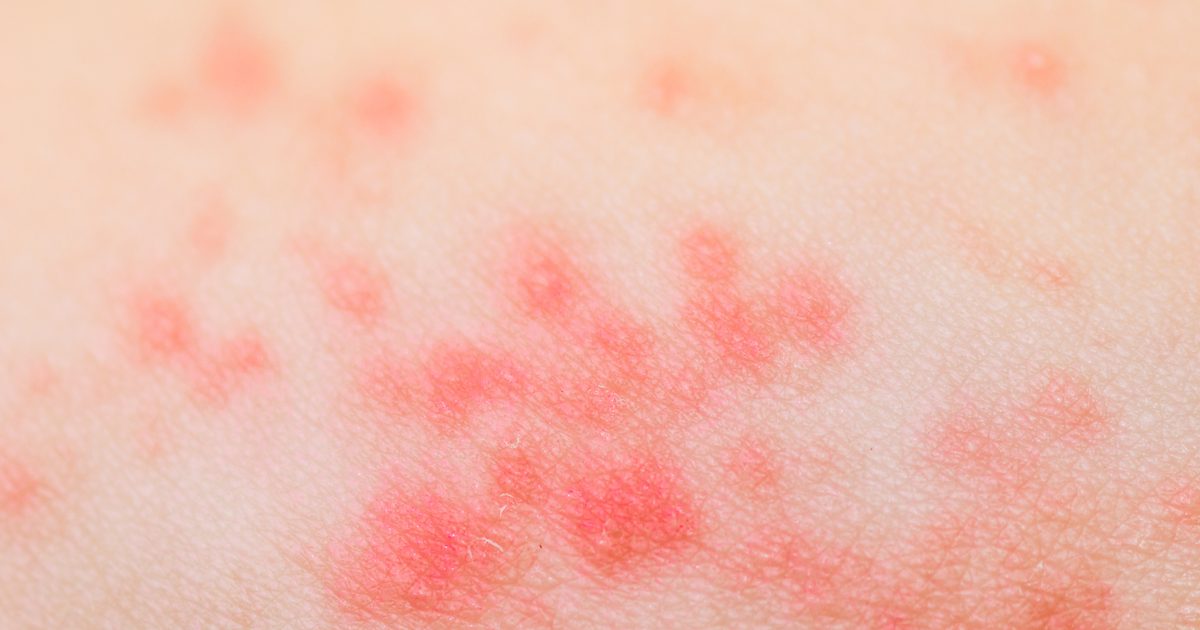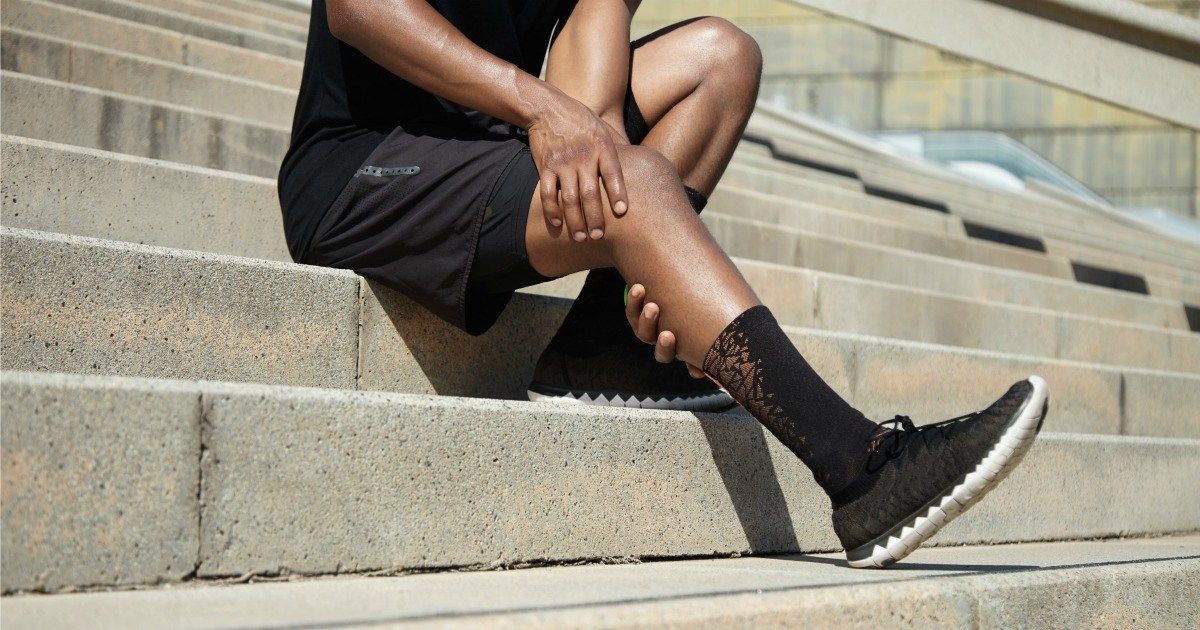How To Detect And Defend Against Early Signs Of HIV
Rash

Like other HIV symptoms, many individuals mistake a rash for another infection or cause. However, approximately ninety percent of HIV patients experience skin changes at some point with the disease. Rashes can develop due to conditions caused by HIV or as a side effect of taking HIV medications.
The rash typically appears as a red, flat area on skin covered with red bumps, whether the cause is the disease itself or a medication. These rashes are itchy and can show up on all parts of the body, including the face, chest, hands, and feet. HIV rashes range from mild to life-threatening and cause serious damage to the skin. Individuals need to make sure to get all rashes appropriately diagnosed.
Muscle And Joint Pain

Other common symptoms of HIV infection are chronic muscle and joint or body pain. The chronic pain caused by muscle and joint aches could be due to the infection alone or the drugs that treat it. The inflammation that HIV and the medications cause can get into muscles and joints. This is what triggers chronic pain throughout the body. Patients who had arthritis before being infected with HIV may find their arthritis worsens.
Joint aches occur in forty-five percent of individuals living with HIV. The reason these aches appear varies widely, but studies show that many HIV patients can get relief from these aches if they take anti-inflammatory medication. The traditional options for this are naproxen and ibuprofen.
